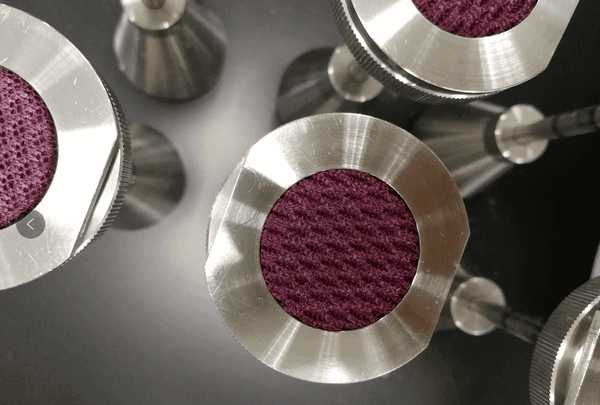- Qinsun Instruments Co., Ltd.
- Tell:+86-21-6780 0179
- Phone:+86-17740808215
- Address:No. 2578 Minhang District Gu Dai Road, Shanghai
- Contact:Mr. Li
- QQ:846490659
Selection of torque controlled frequency converters

A torque controlled frequency converter adjusts the switching state of the inverter circuit by measuring torque and magnetic flux, thereby adjusting the torque and magnetic flux of the motor to achieve control objectives. When selecting, the first step is to determine the input power required by the machinery, then select the number of poles and rated power of the motor, and finally determine the parameters and model of the frequency converter. The external configuration of the frequency converter, including external fuses, incoming and outgoing cables, AC reactors or EMC filters, also has corresponding precautions when selecting and installing.
Firstly, based on the mechanical requirements for speed (,) and torque (starting, continuous, and overload), determine the input power required by the machinery (i.e. the minimum rated power of the motor). Empirical formula
P=nT/9950 (kW)
In the formula: P - input power required by the machinery (kW);
N - Mechanical speed (r/min);
T - Mechanical torque (N · m).
Then, select the number of poles and rated power of the motor. The number of poles of the motor determines the synchronous speed, requiring the synchronous speed of the motor to cover the entire speed range as much as possible, so as to increase the continuous load capacity. In order to fully utilize the potential of the equipment and avoid waste, it is possible to allow the motor to exceed the synchronous speed for a short period of time, but it must be less than the allowed speed of the motor. The torque is taken from the torque of the equipment under starting, continuous operation, overload, or speed conditions. Afterwards, the parameters and model of the frequency converter are determined based on the principle that the output power and rated current of the frequency converter are slightly greater than the power and rated current of the motor.
It should be noted that the rated capacity and parameters of the frequency converter are marked for a certain altitude and ambient temperature, generally referring to an altitude below 1000m and a temperature below 40 ℃ or 25 ℃. If the usage environment exceeds this regulation, the reduction in capacity caused by the environment should be considered when determining the parameters and models of the frequency converter.





